
Exotic Feathers
Finding good quality classic fly tying materials is increasingly difficult. Imports from Asia have all but been cut off. What is available is old and picked over.
I have been interested in exotic feathers for as long as I can remember and started raising birds when I was 12. Each summer the birds go into a molt and it seemed such a shame to throw away such rare feathers
Below is a list of exotic feathers that will be on this site. The ones I've already listed are in dark text and you can click on them and go to that page. The ones in very faint text will be coming soon.
Malay Peacock Pheasant
 Pheasants
Pheasants
All pheasants are native to Asia. There are 52 different breeds of these beautiful birds, 17 of which are listed as endangered.
Habitat destruction and hunting has reduced the number of these birds in the wild. The Hainan Peacock Pheasant, thought to be a subspecies of the grey, is one of these and is one of the most endangered birds in all of China. Today it is at greater risk of extinction than even the Giant Panda.
None listed here are in such danger - but with habitat destruction and population growth, it's just a matter of time.
Breeds:
| Tragopans, Monals & Koklass | |||||
|
|||||
| Gallopheasants | |||||
|
|
|
|||
| Long-tailed & True Pheasants | |||||
|
|||||
| Ruffed & Eared Pheasants | |||||
| Peacock Pheasants | |||||
| Cross-breeds | |||||
| Silver x Reeves | |||||
| top
|
|||||
There are 43 different breeds of partridge, some dull in color such as the rock partridge while others such as the crimson-headed partridge is among the brightest colored of any bird. They are native to Europe, Asia, Africa, and the middle East. Not to confuse them with grouse, partidge are clean legged, having no feathers on their legs or feet. |
|||||
|
|
||||
| top
|
|||||
This is a family of cold weather birds, all 23 species of grouse evolved in the pine forest, moorlands, mountain sides, and grasslands of the northern hemisphere; all between the 28 North and 83 North Parrelel. Their legs and feet are feathered for protection. |
|||||
|
|
|
|||
| top
|
|||||
The family of quail is divided up into Old World, (Europe, Africa, and Asia) and New World, (the rest of the world) species. Old World species are in the pheasant family while the New World species, 32 in nine genera, are in a family of their own. They are found to inhabit a wide variety of terrain ranging from the tropical rain forest of Asia and South America to the deserts of Africa and North America. However, unlike grouse, few species are able to tolerate extreme cold. Plumage ranges from dull to spectacular. |
|||||
|
|
|
|
||
| top
|
|||||
The earliest fossil records of junglefowl were found in southeastern Europe. Sadly, I don't have any feathers from this "Giant Junglefowl" breed, we can only imagine what they might have looked like. Today there are 56 recognized lines of fancy show breeds, all genetic descendents of the red junglefowl. Domesticating this bird and selecting for all the different breeds took hundreds if not thousands of years. However, if we took all lines of fancy chickens and bred them back together, we would end up unraveling all those years and be right back with a red junglefowl. |
|||||
| top
|
|||||
All 6 species of guineafowl are native to Africa. With the exception of the helmeted and vulturine, they are predominatly forest birds. Only the hemeted has been domesticated and today is commonly seen around farm buildings. They can't be missed, just the slightest concern will set them off chattering hysterically. |
|||||
| top
|
|||||
In their pure form there are only 3 species of peafowl; the blue, the green, and the congo. In captivity however, breeding enthusiasts have created close to 225 color mutations that range from white to a very dark colored bird called "midnight". Coming up with names for new colors is as difficult as coming up for names for new paint colors. |
|||||
| top
|
|||||
The name "turkey" was given to these fabulous birds, somewhat incorrectly, by Europeans who first imported them from the new world through the country of Turkey. Mistaking them as a type of Guineafowl, they called them "Turkey fowl" which was later shorted up to just "turkey". And as with peafowl, breeders have selectivly bred them into every size, shape, and color. |
|||||
|
|
||||
| top
|
|||||
After more than 150 years, the Great Bustard is again nesting in Britain. Not since 1832 had a nest been recorded and now with birds introduced from Russia, the heaviest bird capable of flight is back. There are 26 different species of bustards. They are an Old World family that diverged from cranes some 70 million years ago. Stately in appearance, these birds find their home in the dry open country and steppes of Europe, Asia, Africa, and Australia. Unfortunately, due to hunting and habitat loss, populations of most species are in danger . The heaviest recorded weight of a Great Bustard to date is 46 pounds. |
|||||
|
|
|
|||
| top
|
|||||
Even though there are only 15 species of cranes, these elegant birds can be found on every continent except Antartica and South America. Most species are at least threatened if not critically endangered so this limits the species that can be offered here. These are all captive raised birds. |
|||||
|
|
||||
| top
|
|||||
The buying, selling, trading, and bartering of native migratory waterfowl is regulated at the federal level by the Migratory Bird Treaty Act. This covers both "webbed" and "non-webbed" birds. Trade in all non-webbed species is forbidden while trade in webbed species is allowed but only feathers intended to be used for fly tying or millinary purposes. Added to this is state law. Most defer to the federal statute, however, a few states, and Wisconsin is one, are more strict, forbidding trade in feathers harvested from the wild. Hence, the feathers listed below are collected from captive bred birds and the proper 3-186 tranfer paperwork is on file and available. |
|||||
| North American | |||||
|
|
|
|
|
|
| Non Native Species | |||||
|
|
|
|
|
|
| top
|
|||||
Hookbills refers to any parrot type bird including macaws, cockatoos, conures, paarakeets, etc. They are some of the most colorful birds in nature and range greatly in size. Unfortunatly, many breeds are listed on the Endangered Species Act (ESA) and as such, are not listed here for sale. |
|||||
|
|
|
|
|
|
| top
|
|||||
Whoever named this group of birds "softbills" was obviously never close enough to be pinched by a toucan or speared by a heron's beak! |
|||||
|
|||||
| top
|
|||||
The difference between pigeons and doves? Only size. They all belong to the family Columbidae that includes some 300 species. Larger members are called "pigeons" and smaller ones "doves". There is considerable variation in size, crown pigeons of New Guinea being the largest, while the Dwarf fruit dove is the smallest. With the exception of the Sahara Desert, Antartica, and the Artic, these birds can be found everywhere on Earth with the greatest variety found in the Indomalay and Australasia ecozones. |
|||||
| -coming soon | |||||
| top
|
|||||
Ratites are a family of mostly flightless birds. They differ from other bird groups in that they have no keel of sternum. This is the large bone that the flight muscles are anchored to so a bird can fly. In Africa there is the Ostrich, in Australia the Emu, in New Zealand the Kiwi, in New Guinea the Cassawary, and lastly, in South America the Rhea, and Tinamou. |
|||||
|
|||||
| top
|
|||||
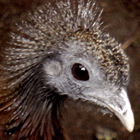
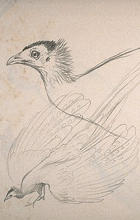

Sclaters Monal
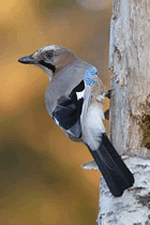
European Jay
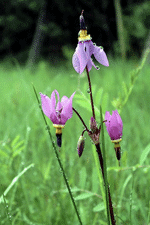
Shooting Star

Chuck Furimski shops only the best!
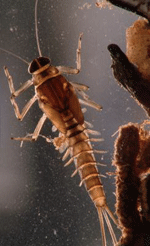
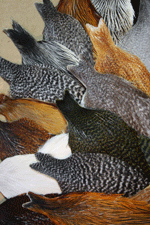
Soft Hackle Hen Capes
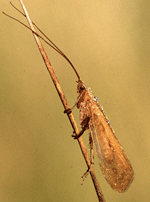
Caddis Fly
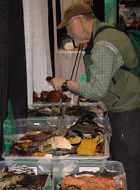
Shopping
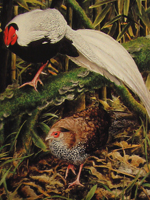
True Silver Pheasant
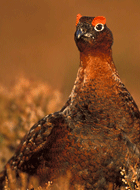
Red Grouse

Mayfly
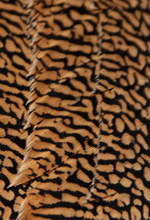
AmGold Tails
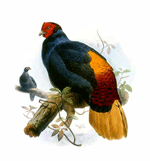
Malay Crestless Fireback
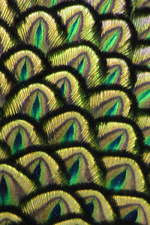
Jave Green Peacock
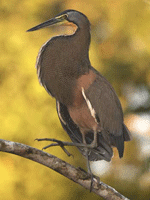
Tiger Heron
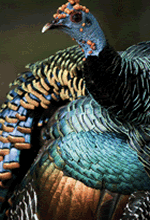
Ocelated Turkey
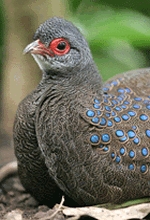
Germain's Peacock Pheasant
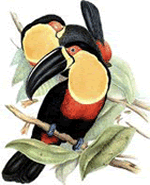
Ariel Toucan
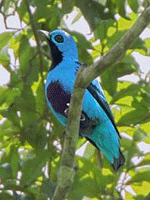
Cotinga
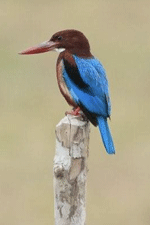
White Breasted Kingfisher
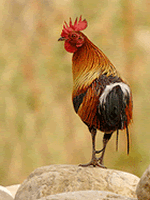
Red Junglefowl
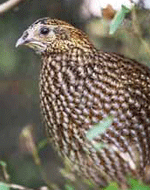
Temmink's Hen
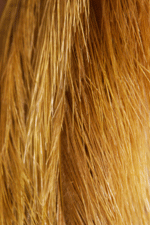
rhea - golden olive













